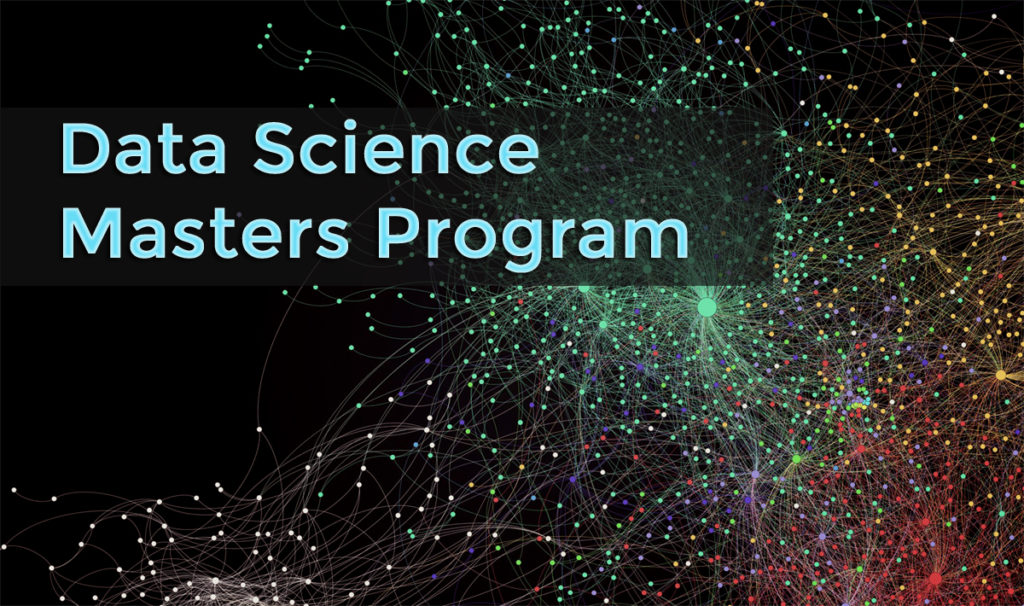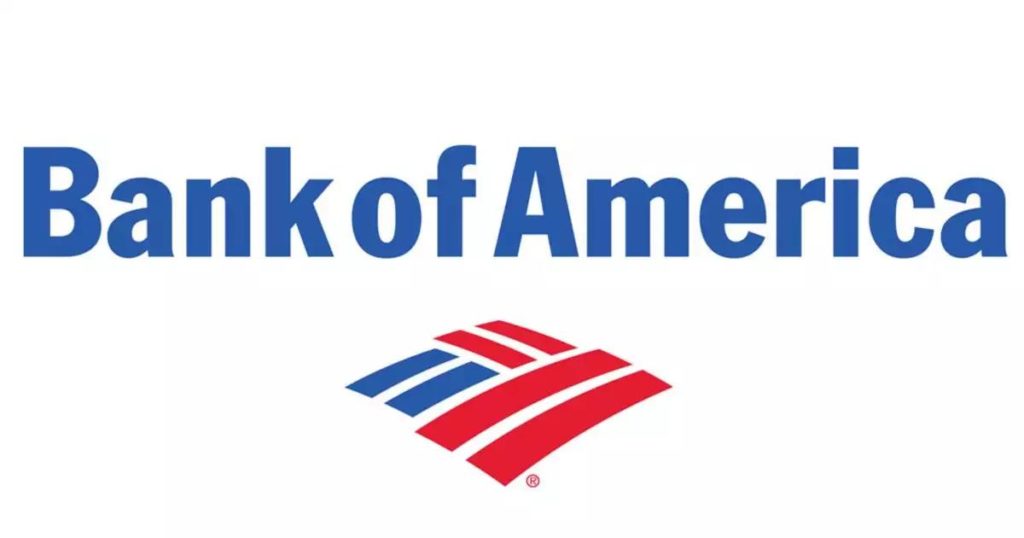Data Science
Certification Course
i2tutorials provides the best Data Science Course online training helps you to excel your skill on of data acquisition, project life cycle, deploying machine learning and statistical methods.
In this Data Science Course, you will be working on real time projects that have high relevance in the corporate world, step by step assignments and curriculum designed by industry experts. Upon completion of the training course you can apply for some of the best jobs in top MNC’s around the world at top salaries.

According to PayScale.com
The average pay for a Senior Data Scientist, IT is Rs 1,147,826 per year. The highest paying skills associated with this job are Big Data Analytics, Data Mining / Data Warehouse, Statistical Analysis, Data Analysis, and R.
Data analytics market share is expected to rise to a whopping $203 billion by the beginning of 2020.
Skills you master in this Data Science Course are Machine Learning, K-Means Clustering, Decision Trees, Data Mining, Python Libraries, R Programming, Statistics, Spark MLlib, Spark SQL, Random Forest, Naive Bayes, Time Series, Text Mining, Web Scraping, PySpark, Python Scripting, Neural Networks, Keras, Tensor Flow
Course Details
Course Modules : 6
Course duration : 150 hrs
Cost : ₹ 55000 + GST
(Early Bird Offer 10% Discount)
Batch Details
Week Day Batch:
Mon – Fri : 7am – 8am IST
Week End Batch:
Sat – Sun : 9am – 12 pm IST
(Call us for any Other schedule)
Contact us
Call us for best guidance to Guide your career.
We are 24/7 @
+91 8008 79 7009
i2tutorials provides the best Data Science training helps you to excel your skill on of data acquisition, project life cycle, deploying machine learning and statistical methods
You will be working on real time projects that have high relevance in the corporate world, step by step assignments and curriculum designed by industry experts. Upon completion of the training course you can apply for some of the best jobs in top MNCs around the world at top salaries.
i2tutorials offers lifetime access to videos, course materials, 24/7 Support, and course material upgrading to latest version at no extra fees.
Statistics (Mathematics for Data Science) Module – 1 (25 hrs)
Understanding the Data
- Data, Data Types
- Meaning of variables
- Central Tendency
- Measures of Dispersion
- Measures of Variability
- Measures of Shape
- Data Distribution
- Correlation, Covariance
- Practical Examples
Probability Distributions
- Mean, Expected value
- Binomial Random Variable
- Normal Distribution
- Poisson Random Variable
- Continuous Random Variable
- Discrete Random Variable
- Practical Examples
Sampling Distributions
- Central Limit Theorem
- Sampling Distributions for Sample Proportion, p-hat
- Sampling Distributions for Sample Mean, x-bar
- Z- Scores
- Practical Examples
Hypothesis Testing
- Type I and Type II Errors
- Decision Making
- Power
- Testing for mean, variance, proportion
- Practical Examples
Association between Categorical Variables
- Contingency Tables
- Independent and Dependent
- Pearson’s Chi-Square Test
- Misuses of Chi-Squared Test
- Measures of Association
- Practical Examples
ANOVA Analysis
- Analysis of Variance & Co-Variance
- ANOVA Assumptions & Comparisons
- F-Tests
- Practical Examples
Matrices
- One – Dimensional
- Multi Dimensional
- Arithmetic Operations
- Examples
Vectors
- Understanding Vectors
- Scalar Vs Vector
- Arithmetic Operations
- Examples
Machine Learning Module – 2 (40 hrs)
Supervised Learning
- An Approach to Prediction
- Least Squares and Nearest Neighbors
- Statistical Decision
- Regression Models
Linear Methods for Regression
- The Gauss–Markov Theorem
- Multiple Regression
- Forward- and Backward-Stepwise Selection
- Ridge Regression
- Lasso Regression
- Example using R / Python
Linear Methods for Classification
- Linear Regression of an Indicator Matrix
- Linear Discriminant Analysis
- Logistic Regression
- Rosenblatt’s Perceptron Learning Algorithm
- Example using R / Python
Kernel Smoothing Methods
- One-Dimensional Kernel Smoothers
- Local Linear Regression
- Local Polynomial Regression
- Mixture Models for Density Estimation and Classification
- Example using R / Python
Model Selection
- Bias, Variance and Model Complexity
- Optimism of the Training Error Rate
- Vapnik–Chervonenkis Dimension
- Cross-Validation
Model Inference & Averaging
- Bootstrap and Maximum Likelihood Methods
- Relationship Between the Bootstrap and Bayesian Inference
- The EM Algorithm
- Bagging
- Example using R / Python
Tree-Based Methods
- Regression Trees
- Classification Trees
- Bump Hunting
- MARS: Multivariate Adaptive Regression Splines
- Example using R / Python
Boosting
- Steepest Descent
- Gradient Boosting
- Regularization
- Interpretation
- Example using R / Python
Neural Networks
- Fitting Neural Networks
- Over fitting
- Hidden Units
- Multiple Minima
- Single, Multi-Layer Perceptron
- Example using R / Python
Support Vector Machines ( SVM )
- Support Vector Classifier
- Generalizing Linear Discriminant Analysis
- Flexible Discriminant Analysis
- Penalized Discriminant Analysis
- Example using R / Python
K-Nearest-Neighbor Classifiers
- Prototype Methods
- K-means Clustering
- Vector Quantization
- Gaussian Mixtures
- k-nearest Neighbors
- Example using R / Python
Unsupervised Learning
- The Apriori Algorithm
- Unsupervised as Supervised Learning
- Generalized Association Rules
- K-means Cluster Analysis
- Hierarchical Clustering
- Principal Components, Curves and Surfaces
- Non-Linear Dimension Reduction
- The Google Page Rank Algorithm
- Example using R / Python
Random Forests
- Variable Importance
- Random Forests and Over fitting
- Bias
- Adaptive Nearest Neighbors
- Example using R / Python
Python Module -3 (20 hrs)
Introduction to Python
- Installation of Python framework and packages: Anaconda & pip
- Working with Jupyter notebooks
- Creating Python variables
- Numeric , strings
- logical operations
- Lists
- Dictionaries
- Tuples
- sets
- Practice assignment
Iterative Operations & Functions in Python
- Writing for loops in Python
- While loops and conditional blocks
- List/Dictionary comprehensions with loops
- Writing your own functions in Python
- Writing your own classes and functions
- Practice assignment
Data Handling in Python using Packages
- Numpy
- Pandas
- SymPy
- SciPy
- Matplotlib
Data Visualization in Python
- Need for data summary & visualization
- Summarising numeric data in pandas
- Summarising categorical data
- Group wise summary of mixed data
- Basics of visualisation with ggplot & Seaborn
- Inferential visualisation with Seaborn
- Visual summary of different data combinations
- Practice assignment
Data preparation using Python
- Needs & methods of data preparation
- Handling missing values
- Outlier treatment
- Transforming variables
- Data processing
- Practice
R – Programming Module -4 (20 hrs)
Fundamentals of R
- Installation of R & R Studio
- Getting started with R
- Basic and Advanced Data types in R
- Variable operators in R
- Working with R data frames
- Reading and writing data files to R
- R functions and loops
- Special utility functions
- Merging and sorting data
- Practice assignment
Univariate statistics in R
- Summarizing data, measures of central tendency
- Measures of data variability & distributions
- Using R language to summarize data
- Practice assignment
Data visualization in R
- Introduction exploratory data analysis
- Descriptive statistics, Frequency Tables and summarization
- Univariate Analysis (Distribution of data & Graphical Analysis)
- Bivariate Analysis (Cross Tabs, Distributions & Relationships, Graphical Analysis)
- Creating Graphs ( Bar/pie/line chart/histogram/boxplot/scatter/density etc)
- R Packages for Exploratory Data Analysis (dplyr, plyr, gmodes, car, vcd, Hmisc, psych, doby etc)
- R Packages for Graphical Analysis (base, ggplot, lattice,etc)
Hypothesis testing and ANOVA in R
- Introducing statistical inference
- Estimators and confidence intervals
- Central Limit theorem
- Parametric and non-parametric statistical tests
- Analysis of variance (ANOVA)
Data preparation using R
- Needs & methods of data preparation
- Handling missing values
- Outlier treatment
- Transforming variables
- Data processing with dplyr package
- Practice
Artificial Intelligence Module – 5 (25 hrs)
Introduction to Deep Learning
Deep Learning: A revolution in Artificial Intelligence
Limitations of Machine Learning
Deep Learning vs Machine learning
Examples of Deep Learning
Implementations where Deep Learning is applicable
Glance of Machine Learning Algorithms
Regression
Classification
Clustering
Reinforcement Learning
Underfitting and Overfitting
Optimization
Understanding Fundamentals of Neural Networks with Tensorflow
How Deep Learning Works?
Activation Functions
Illustrate Perceptron
Training a Perceptron
Important Parameters of Perceptron
Tensor Flow
What is TensorFlow?
Use of TensorFlow in Deep Learning
Working of TensorFlow
How to install Tensorflow
HelloWorld with TensorFlow
Tensorflow code-basics
Graph Visualization
Constants, Placeholders, Variables
Creating a Model
Running a Machine learning algorithms on TensorFlow
Deep dive into Neural Networks with Tensorflow
Understand limitations of A Single Perceptron
Neural Networks in Detail
Multi-Layer Perceptron
Backpropagation – Learning Algorithm
Understand Backpropagation – Using Neural Network Example
MLP Digit-Classifier using TensorFlow
TensorBoard
Convolutional Neural Networks (CNN)
Define CNNs
Discuss the Applications of CNN
Explain the Architecture of a CNN
List Convolution and Pooling Layers in CNN
Illustrate CNN
Transfer Learning of CNNs
Introduction to CNNs
CNNs Application
Architecture of a CNN
Convolution and Pooling layers in a CNN
Understanding and Visualizing a CNN
Transfer Learning and Fine-tuning Convolutional Neural Networks
Recurrent Neural Networks (RNN)
Intro to RNN Model
Applications of RNN
Modelling sequences
Training RNNs with Backpropagation
Long Short-Term memory (LSTM)
Recursive Neural Tensor Network Theory
Recurrent Neural Network Model
Hands-On Project
Machine Learning in Cloud & Big Data Analytics Module -6 (20 hrs)
Machine Learning using Azure
- What is Microsoft Azure?
- Azure Machine Learning
- Diving into Azure Machine Learning
- Training a Model
- Deploy a Model
- Practical Example
Machine Learning using AWS
- What is AWS?
- AWS Machine Learning
- Diving into AWS Machine Learning
- Training A Model
- Deploy a Model
- Practical Example
Working with Mode Analytics
- What is Mode Analytics?
- Data Science on Web Model
- Using SQL in mode analytics
- R note book in mode analytics
- Python note book in Mode analytics
- Working on Practical Example
Introduction to Big Data analytics
- Hadoop – HDFS
- Mapreduce
- Hive
- Hbase
- Spark
- Spark SQL
- Spark Mlib
Machine Learning using Spark
- Introduction
- Data sets
- Data frames
- Machine Learning using spark
- SparkR
- PySpark
- Practical Example
It is not that you are require to be a ph.D. or Master Degree holder to learn the Data Science.
To learn the Data Science you must be with atleast a Bachelor’s Degree in computers or statistics or you must be a person with minimum programming background who has interest to work Python and R programming languages.
Analytics Professionals
Software Developers
Testing and Data Base Admins
Network Administrators
Projects Managers
Graduates and Post-Graduates
Also, Job Seekers
Project#1: Movie Dataset
Industry: Entertainment Industry
Description: The goal of this Use-Case is to explore the movie dataset, given the parameters like: “duration”, “movie title”, “gross collection”, “budget”, “title year”, etc.
- Know top ten movies with the highest profits.
- Know top rated movies in the list and average IMDB score.
- Plot a graphical representation to show number of movies released each year.
- Group the movies into clusters based on the Facebook likes.
- Group the directors based on movie collection and budget.
Tools we use in the Program

Mentors
Mentors for this Valuable Data analytics program are quite from different Companies and with high Qualifications like Phd, Masters from top Schools across the World. Below is the list of Institutions and Companies in which they qualified and graduated and current Data Science practitioners from different Domain verticals.







FAQ’s
All instructors working with i2tutorials are Industry Experts with 8-15 years real time experience.
If you are interested to attend the Demo session. Just call us @ or contact us here. We will schedule the demo for you.
No Worries !! we will record the training session and provide you the recorded video of missed session. Just contact our support team. They will help you to get the video.
You need a personal laptop with high speed internet and quality headset for proper audio. GotoMeeting or WebEx meeting link will be sent to your email from which you could connect the training session.
Yes, Once after the course completion, you can avail this by calling our support team. They will connect you to the proper team to help you in Resume Preparation.
They will a mock interview session that will be setup by the support team. Where they will assess and give you the feed back about your performance and tips for improvement to handle the interviews. Apart from that, you can get the interview questions and answers from our web portal. The link will be shared by the trainer or the support people.
We will provide you the awareness about the opportunities and market analysis for a particular technology and guide you the way to excel in your career.
We are completely into trainings by providing you best and expert trainers. we are not into placement assistance.
